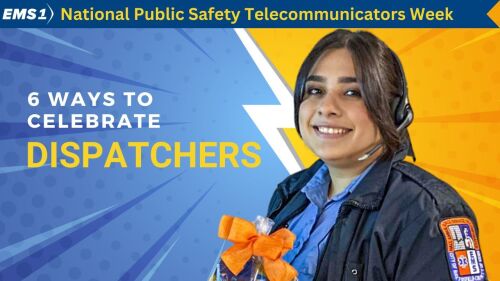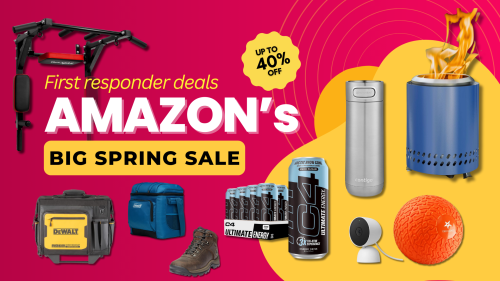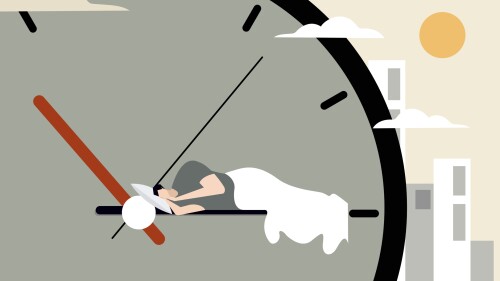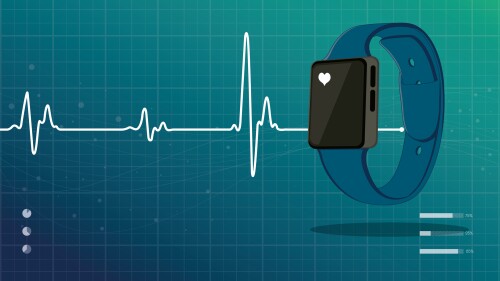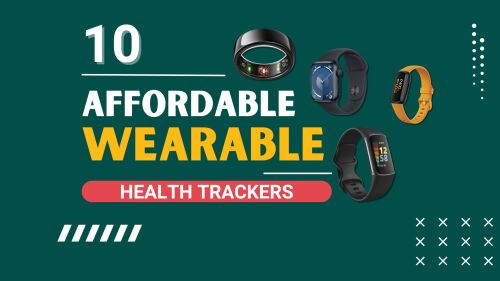25,500,000
That is the number of women in the United States that have reported completed or attempted rape during their lifetime — 21% of the population, about 1 in every 5 women [1].
Intoxicants can play a significant role in sexual assault. The same study also found that drug-facilitated penetration was experienced by 11% of women at some point in their lives. While women are far more likely to be victims of sexual assault (21% vs. 3%), male victims are more likely to be given drugs without their consent, 49% vs. 28% [1,2].
Public pressure related to the issue has resulted in the state of California passing a law requiring bars to post new warning signs and sell drug detection kits [3]. In Canada, a new provincial forensic toxicology unit has been announced to support police investigating sexual assaults [4]. Both of these announcements have been made within the last year, suggesting that the problem has not been getting any better.
|More:
While we will provide an overview of the use of drugs in sexual assault in this article, there are some important limitations associated with research in this area. First, assaults are frequently unreported (in the U.S., only about 25% of sexual assaults are reported) [5]. Also, the definition of sexual assault as well as drug-facilitated sexual assault (DFSA) varies widely by region. Finally, the source of information regarding intoxicants in sexual assault also varies widely, from self-reports to blood or urine testing [6]. All of these factors can impact the accuracy of information available.
Implications for prehospital providers
Treatment starts with ABCs and managing life-threatening conditions, which may be the result of either the drug(s) involved or the assault [9]. Critical overdoses typically require supportive care, such as airway management and hemodynamic support before the drug can be identified; this should be the priority over antidotes [10]. Even in the absence of immediate life-threatening conditions, sexual assault requires timely management and should receive a minimum priority of 3 on a 5-point triage scale [9].
One of the big challenges for prehospital providers is identifying which drug (or drugs) may be involved. History taking is especially useful if any drugs/intoxicants were taken voluntarily. Alcohol is the most common self-reported ingestion and cannabis the second most common voluntarily ingested agent [6]. Involuntary ingestions are trickier. While alcohol remains the most commonly detected agent, these patients are far more likely to have received GHB or Rohypnol [6]. Prehospital providers are typically the only healthcare providers with access to the scene, giving them access to clues to the agent(s) involved that might otherwise be lost.
Geography may play a role in which agents are used. For example, worldwide, the United States has some of the highest rates of GHB (6%) and synthetic cathinones (13%) but the lowest rates of MDMA (1%) used in DFSA [7]. In contrast, Canada has the highest prevalence of cocaine use in DFSA (21%) but one of the lowest rates of GHB (1%) [7]. Understanding what is available locally can also help rule in or out numerous other illicit drugs including benzodiazepines (including designer benzodiazepines), oxycodone, ketamine and stimulants, such as methamphetamines [8].
Table: Drug prevalence by country [7]
| Drug category | Highest prevalence countries | Lowest prevalence countries |
| Benzodiazepines and hypnotics | France, Taiwan, China | Italy, U.K. |
| Ethanol | Spain, U.K., Sweden, France, Northern Ireland, Netherlands, New Zealand | China, Italy, U.S., Denmark |
| Amphetamine | Australia, U.S., Spain | Northern Ireland, Italy |
| Methamphetamine | South Africa | |
| MDMA | Spain, Netherlands, Canada | Taiwan, New Zealand, U.S. |
| Analgesics | Australia, Northern Ireland, Canada, U.S., U.K. | |
| Cannabinoids | U.K., New Zealand, U.S., Canada | Taiwan, France, Norway, Sweden, Northern Ireland, the Netherlands, Spain, Italy |
| Cocaine | Spain, Canada | Taiwan, China, New Zealand |
| Antidepressants, antipsychotics | Australia, Canada, Denmark, Spain, U.S., New Zealand | |
| GHB | The Netherlands, U.S., France | U.K., Italy, Canada |
| Antihistamines | South Africa, France, U.S. | U.K. |
Identifying a specific drug(s) ingested by clinical presentation alone can be challenging. Signs and symptoms can be confusing, especially in the face of multiple ingestions. The high rates of alcohol can cause synergistic effects with other agents.
Alcohol, benzodiazepines as well as GHB and its precursor drugs all share a similar mechanism of action: they increase GABA activity. GABA is the major inhibitory neurotransmitter; think about it like a brake pedal for the brain.
Other agents, such as ketamine, antagonize receptors associated with glutamate. Glutamate is the major excitatory neurotransmitter; think about it like a gas pedal for the brain.
When these drugs are mixed, the effect can be like stepping on the brake while taking your foot off the gas. This can result in more profound CNS depression and a longer duration of action than when the agents are administered alone [8]. Symptoms can be made more confusing by pre-existing prescription medications, especially those with psychoactive properties, such as analgesics or psychiatric medications. This has been reported in nearly a quarter of DFSA patients [8].
Table: Overview of common agents
| Drug | Mechanism | Signs/Symptoms | Treatment |
| Alcohol [11, 12] | GABA (primary inhibitory neurotransmitter) agonist | -Mild: euphoria, disinhibition -Moderate: impaired perception/coordination, ataxia, prolonged reactions, slurred speech & behavioural changes -Severe: CNS depression/coma, autonomic dysfunction (hypothermia, hypotension, nausea, vomiting), respiratory depression | ABCs & supportive care. Rule out underlying medical conditions (including hypoglycemia) Considerations: |
| Benzodiazepines [13] | GABA (primary inhibitory neurotransmitter) modulator | -CNS depression with normal vital signs | ABCs & supportive care. Considerations: |
| Ketamine [13] | NMDA/glutamate antagonist (primary excitatory neurotransmitter) | -CNS: altered mental status (disorientation, confusion, slurred speech) ataxia, trismus, muscular rigidity, dystonia, nystagmus, mydriasis -CVS: tachycardia/hypertension -Resp: depression, apnea, laryngospasm -Other: Nausea, vomiting, excessive salivation | ABCs & supportive care (avoid unnecessary stimulation). Considerations: -Haldol for agitation & psychosis -Atropine for excessive salivation |
| GHB [14] | GABA (primary inhibitory neurotransmitter) precursor | -CNS: initial disinhibition & euphoria then amnesia, myoclonic activity. Maybe alterations between somnolence & agitation -CVS: bradycardia, hypotension -Resp: apnea -Other: vomiting, hypothermia, classic finding is coma with abrupt awakening | ABCs & supportive care. Considerations: |
This discussion was limited to the specifics surrounding the pharmacology related to drug facilitated sexual assault, an important component of the assessment and management of life-threatening or serious physical injuries. This is, however, only part of the comprehensive care required for sexual assault, which also includes a trauma informed care response, care for psychiatric emergencies as well as forensics/legal responsibilities; the details of which are far outside the scope of this article [9].
References
- Smith SG, Zhang X, Basile KC, et al. (2018). “National Intimate Partner and Sexual Violence Survey: 2015 data brief – updated release.” Centers for Disease Control and Prevention.
- Richer LA, Fields L, Bell S, et al. (2015). Characterizing drug-facilitated sexual assault subtypes and treatment engagement of victims at a hospital-based rape treatment center. “Journal of Interpersonal Violence,” 32(10), 1524–1542.
- California Department of Alcohol Beverage Control. (January 22, 2024). Type 48 Licenses: New Signage and Product Requirements Take Effect July 1, 2024. Available at: Retrieved Sept 1, 2024
- La presse Canadienne. (April 30, 2024). Quebec creates forensics unit to help police with date rape drug case. “The Gazette”. Available at:
- Morgan R, Oudekerk B. (2019). “Criminal victimization”, 2018 (NCJ 253043). U.S. Department of Justice, Bureau of Justice Statistics.
- Recalde-Esnoz I, Prego-Meleiro P, Montalvo G, Del Castillo H. Drug-Facilitated Sexual Assault: A Systematic Review. “Trauma Violence Abuse”. 2024 Jul;25(3):1814-1825. doi: 10.1177/15248380231195877. Epub 2023 Aug 31. PMID: 37650508
- Skov K, Johansen SS, Linnet K, Nielsen MKK. A review on the forensic toxicology of global drug-facilitated sexual assaults. “Eur Rev Med Pharmacol Sci”. 2022 Jan;26(1):183-197. doi: 10.26355/eurrev_202201_27767. PMID: 35048994.
- Lynam M, Keatley D, Maker G, Coumbaros J. The prevalence of selected licit and illicit drugs in drug facilitated sexual assaults. “Forensic Sci Int Synerg”. 2024 Jul 22;9:100545. doi: 10.1016/j.fsisyn.2024.100545. PMID: 39148950; PMCID: PMC11325276.
- Subramanian S, Green JS. The General Approach and Management of the Patient Who Discloses a Sexual Assault. “Mo Med”. 2015 May-Jun;112(3):211-7. PMID: 26168593; PMCID: PMC6170132.
- Lavonas EJ, Akpunonu PD, Arens AM, et al. American Heart Association. 2023 American Heart Association Focused Update on the Management of Patients With Cardiac Arrest or Life-Threatening Toxicity Due to Poisoning: An Update to the American Heart Association Guidelines for Cardiopulmonary Resuscitation and Emergency Cardiovascular Care. “Circulation”. 2023 Oct 17;148(16):e149-e184. doi: 10.1161/CIR.0000000000001161. Epub 2023 Sep 18. PMID: 37721023.
- Mirijello A, Sestito L, Antonelli M, Gasbarrini A, Addolorato G. Identification and management of acute alcohol intoxication. “Eur J Intern Med”. 2023 Feb;108:1-8. doi: 10.1016/j.ejim.2022.08.013. Epub 2022 Aug 16. PMID: 35985955.
- Lobo IA, Harris RA. GABA(A) receptors and alcohol. “Pharmacol Biochem Behav”. 2008 Jul;90(1):90-4. doi: 10.1016/j.pbb.2008.03.006. Epub 2008 Mar 14. PMID: 18423561; PMCID: PMC2574824.
- Orhurhu VJ, Vashisht R, Claus LE, et al. Ketamine Toxicity. [Updated 2023 Jan 30]. In: StatPearls [Internet]. Treasure Island (FL): StatPearls Publishing; 2024 Jan. Available at:
- Le JK, Richards JR. Gamma-Hydroxybutyrate Toxicity. 2023 Aug 8. In: StatPearls. Treasure Island (FL): StatPearls Publishing; 2024 Jan. PMID: 28613532














